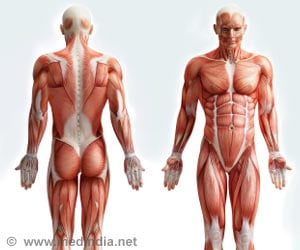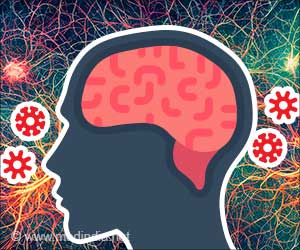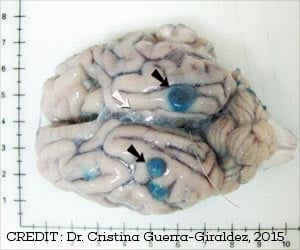Researchers have gained new insight into the mechanisms involved in how skeletal muscles lose their mass and strength as people age, called sarcopenia.

‘By knowing differences in activity of key pathways in muscles, new therapeutic interventions can be explored which will benefit many sarcopenia patients to remain active and healthy.’
Read More..




The MEMOSA study (Multi-Ethnic MOlecular determinants of human SArcopenia), published in Nature Communications, was undertaken by the EpiGen Global Research Consortium in partnership with Nestlé Research. The study involved participants from the UK, Singapore and Jamaica. Read More..
It found that the muscle from individuals with sarcopenia had reduced activity of the key energy-producing pathway and a decrease in activity of the components that make up all five complexes in the energy production pathway critical to maintaining muscle strength and function.
These changes were found in the cohort of men from the Singapore cohort of the study and replicated in cohorts from the UK (Hertfordshire Cohort Study) and Jamaica.
Moreover, results showed that sarcopenia was also associated with reduced levels of enzymes involved in the recycling of NAD+, which acts as a metabolic sensor in the cell and regulates energy production pathways.
The MEMOSA team now plans to explore why the changes in the energy-producing pathway occur and are looking at genetic and nutritional factors.
Advertisement
"This is a really novel study, using advanced sequencing techniques for the first time, which has allowed us to identify the molecular basis of why some people develop sarcopenia and others do not in old age."
Advertisement
Source-Eurekalert









